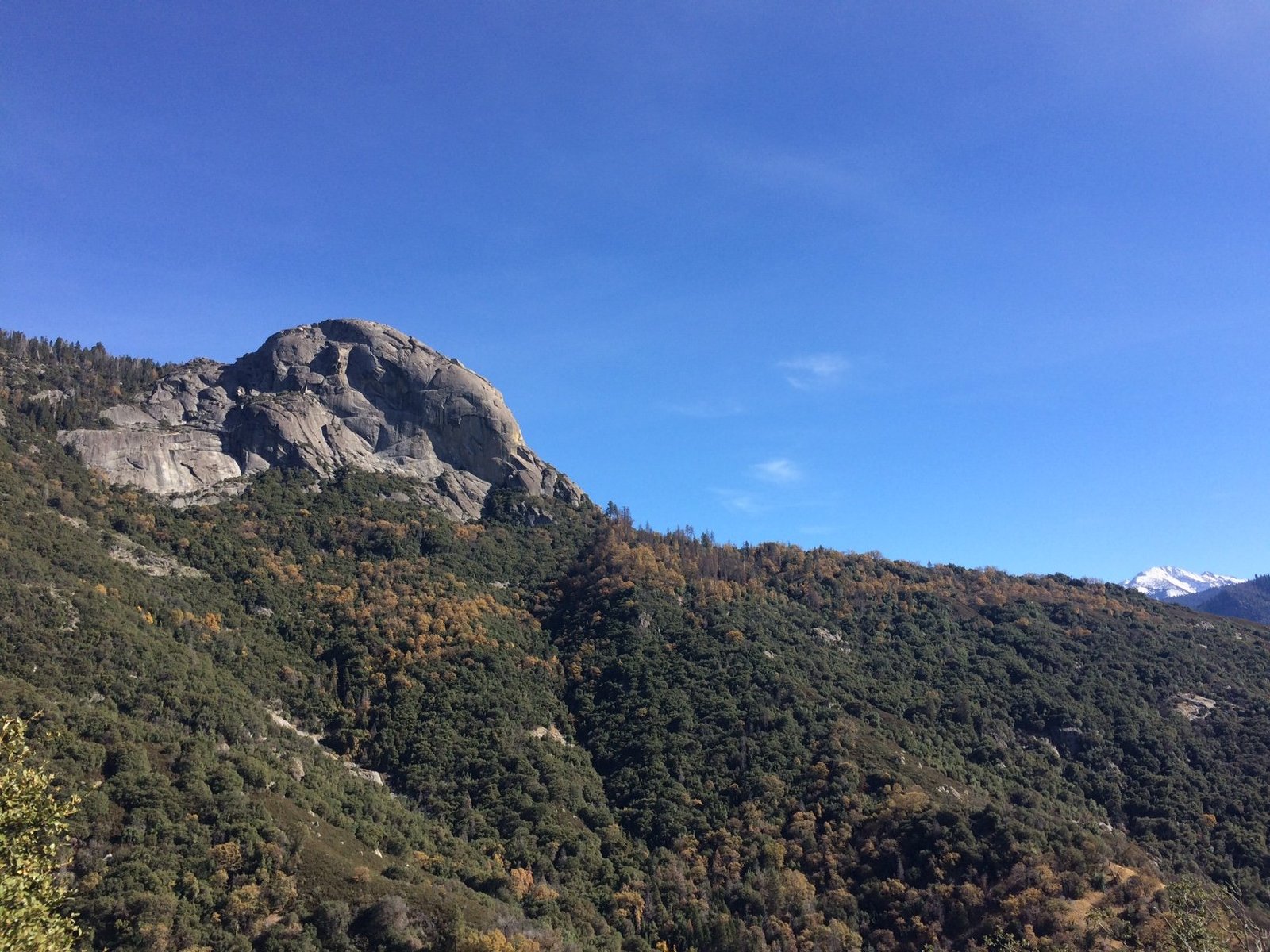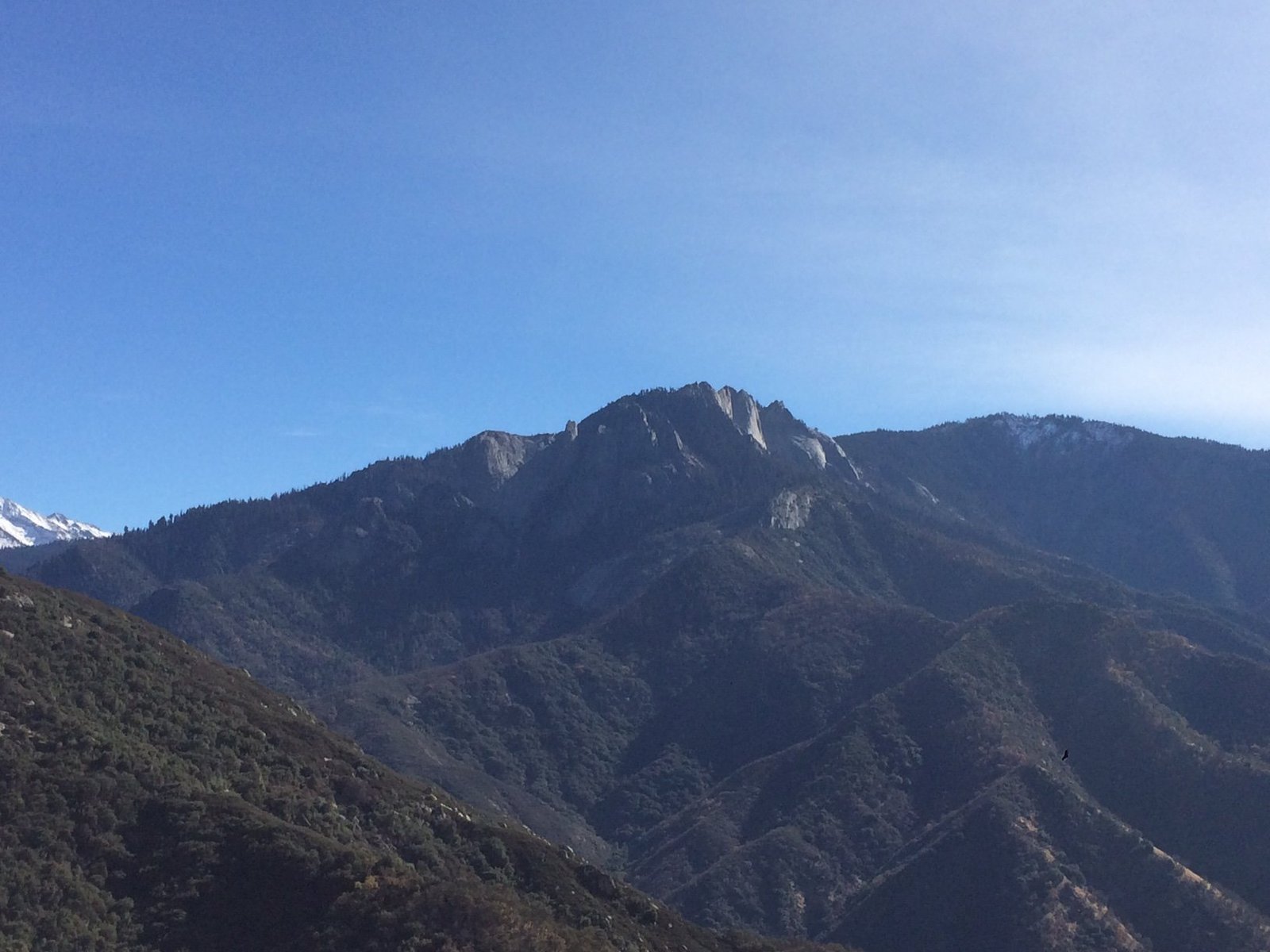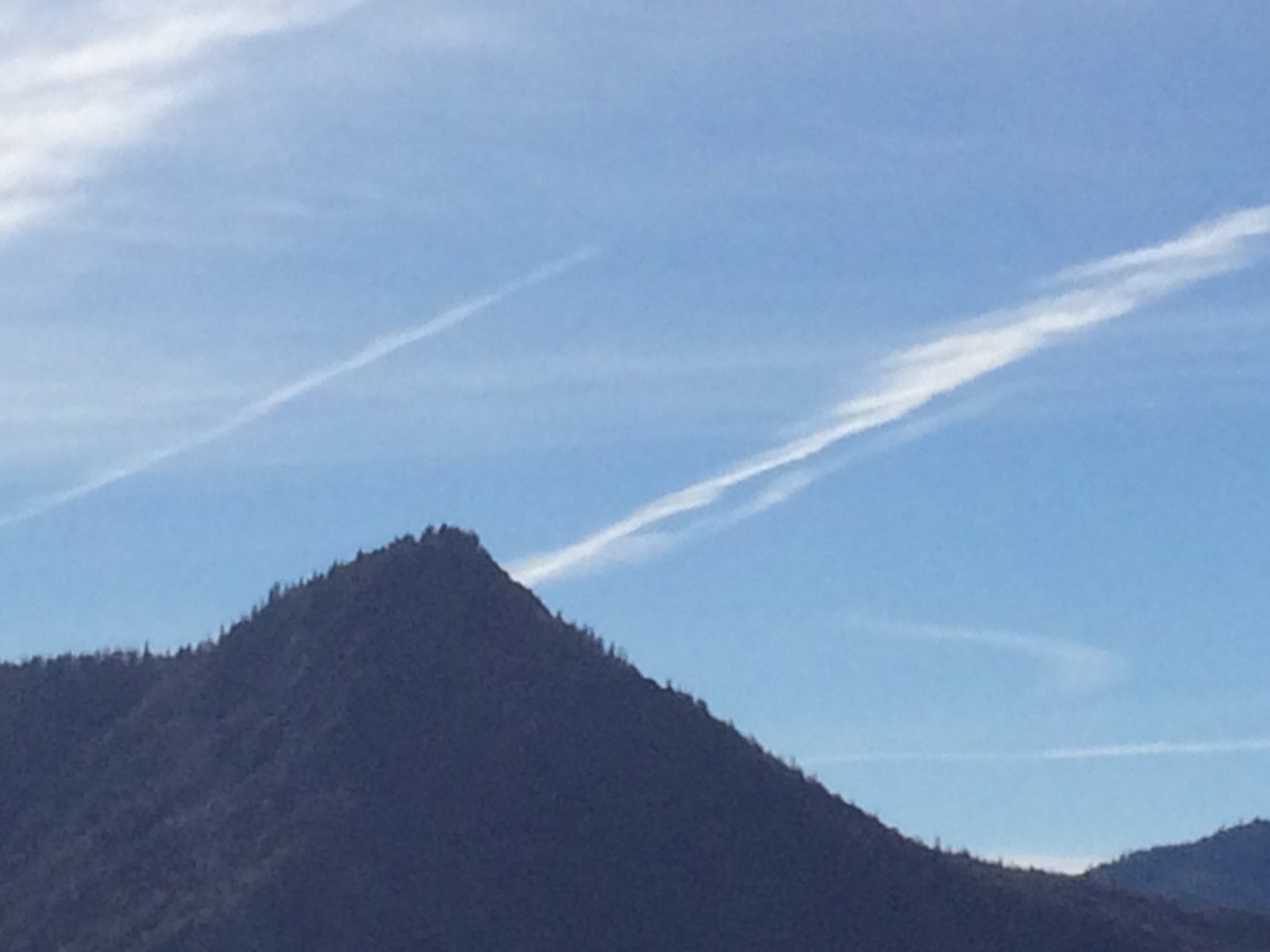Sequoia National Park offers a diverse range of hiking trails, from easy strolls to challenging backcountry adventures. The difficulty levels vary based on factors such as trail length, elevation gain, terrain, and weather conditions. This guide provides detailed information on trail ratings, amenities, and specific challenges to help hikers of all skill levels plan their adventures in this majestic park.
What Are the Difficulty Levels of Sequoia National Park Trails?

Sequoia National Park trails are typically categorized into three main difficulty levels:
- Easy: Suitable for all fitness levels, including families with children and seniors.
- Moderate: Requires some physical fitness and may include steeper sections or longer distances.
- Strenuous: Demands good physical condition and often involves significant elevation gain or technical terrain.
Here’s a breakdown of some popular trails and their difficulty ratings:
| Trail Name | Difficulty | Distance | Elevation Gain |
|---|---|---|---|
| Congress Trail | Easy | 2.7 miles | 470 feet |
| Moro Rock Hike | Moderate | 0.5 miles | 300 feet |
| Tokopah Falls Trail | Moderate | 3.8 miles | 630 feet |
| The Lakes Trail | Moderate to Strenuous | 11.6 miles | 3,700 feet |
| Alta Peak Trail | Strenuous | 13.4 miles | 3,920 feet |
How Does Elevation Affect Hiking Difficulty in Sequoia National Park?

Elevation plays a crucial role in determining hiking difficulty in Sequoia National Park. The park’s elevation ranges from about 1,300 feet to 14,494 feet at the summit of Mount Whitney. Here’s how elevation impacts hiking:
- Thinner Air: As elevation increases, the air becomes thinner, making breathing more challenging.
- Increased Exertion: Hikers may tire more quickly at higher elevations due to reduced oxygen levels.
- Altitude Sickness: Some visitors may experience symptoms of altitude sickness, especially on trails above 8,000 feet.
To mitigate these effects:
– Acclimatize by spending a day or two at lower elevations before attempting high-altitude hikes.
– Stay hydrated and take frequent breaks.
– Consider shorter hikes or lower-elevation trails if you’re not acclimated to high altitudes.
What Amenities Are Available at Sequoia National Park Trailheads?
Trailhead amenities can greatly impact your hiking experience. Here’s what you can typically expect at Sequoia National Park trailheads:
- Parking: Most popular trailheads have designated parking areas.
- Restrooms: Many trailheads offer restroom facilities, though they may be basic.
- Information Boards: These provide trail maps, difficulty ratings, and important notices.
- Water: Some trailheads have potable water sources, but not all. Always check in advance.
Specific trailhead amenities:
- Moro Rock Trailhead:
- Parking available
- Restrooms near parking area
-
Staircase leading to the summit
-
Congress Trail Trailhead:
- Accessible parking for visitors with disabilities
- Restrooms available
-
Paved, wheelchair-friendly trail
-
Lakes Trail Trailhead (Wolverton):
- Ample parking
- Restrooms at trailhead
- Picnic area nearby
How Do Seasonal Changes Affect Trail Difficulty in Sequoia National Park?
Seasonal variations significantly impact trail conditions and difficulty in Sequoia National Park:
Spring (April – June)
- Pros: Waterfalls at peak flow, wildflowers blooming
- Cons: Some high-elevation trails may still be snow-covered
- Difficulty Impact: Lower elevation trails become easier, but higher trails may remain challenging due to snow
Summer (July – September)
- Pros: All trails generally accessible, warm temperatures
- Cons: Crowded trails, potential for thunderstorms
- Difficulty Impact: Heat can increase difficulty, especially on exposed trails
Fall (October – November)
- Pros: Cooler temperatures, fall colors, fewer crowds
- Cons: Shorter daylight hours, potential for early snow at high elevations
- Difficulty Impact: Generally ideal hiking conditions, but prepare for cold weather on high-elevation trails
Winter (December – March)
- Pros: Snow-covered landscapes, solitude on trails
- Cons: Many trails inaccessible or require winter equipment
- Difficulty Impact: Significantly increases difficulty due to snow, ice, and cold temperatures
What Specific Challenges Should Hikers Be Aware of in Sequoia National Park?
- Wildlife Encounters:
- Black bears are common in the park
- Proper food storage is essential
-
Make noise while hiking to avoid surprising wildlife
-
Altitude-Related Issues:
- Headaches, nausea, and fatigue are common symptoms
-
Affects some visitors on high-elevation trails like Alta Peak
-
River and Stream Crossings:
- Can be dangerous, especially during spring snowmelt
-
Use caution on trails like Tokopah Falls
-
Steep Terrain:
- Many trails feature significant elevation gain
-
Proper footwear and trekking poles recommended
-
Weather Changes:
- Conditions can change rapidly, especially at higher elevations
- Always check weather forecasts and be prepared for various conditions
How Can Hikers Prepare for Different Difficulty Levels in Sequoia National Park?
- For Easy Trails:
- Comfortable walking shoes
- Water and snacks
-
Sun protection
-
For Moderate Trails:
- Hiking boots with good ankle support
- Plenty of water and high-energy snacks
-
Layered clothing for changing temperatures
-
For Strenuous Trails:
- Sturdy hiking boots
- Trekking poles
- First aid kit
- Extra food and water
- Navigation tools (map, compass, or GPS device)
General Preparation Tips:
– Research your chosen trail thoroughly
– Inform someone of your hiking plans
– Start early to avoid afternoon thunderstorms
– Carry the Ten Essentials for hiking safety
By understanding the various factors that contribute to trail difficulty in Sequoia National Park, hikers can better prepare for their adventures and safely enjoy the park’s stunning natural beauty.

